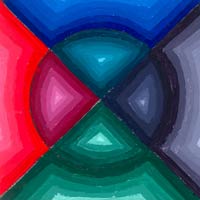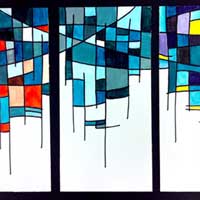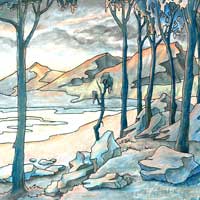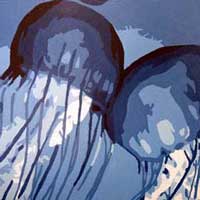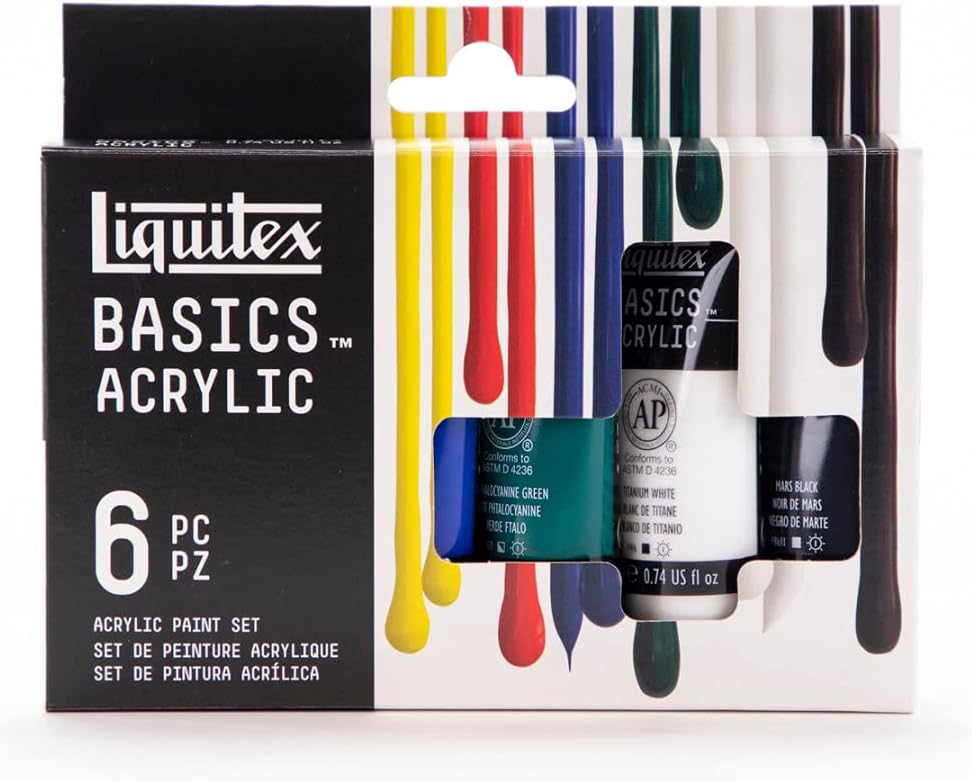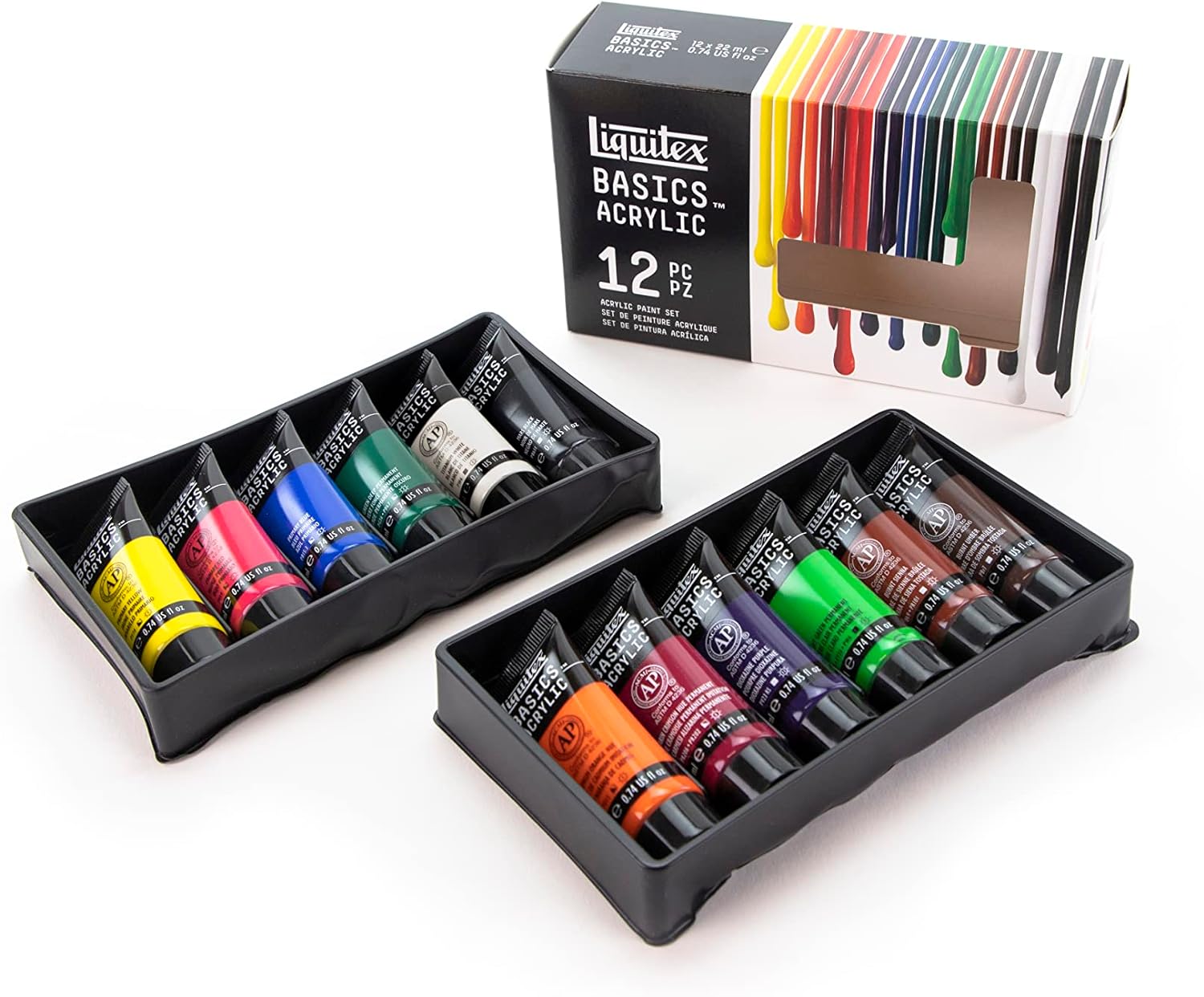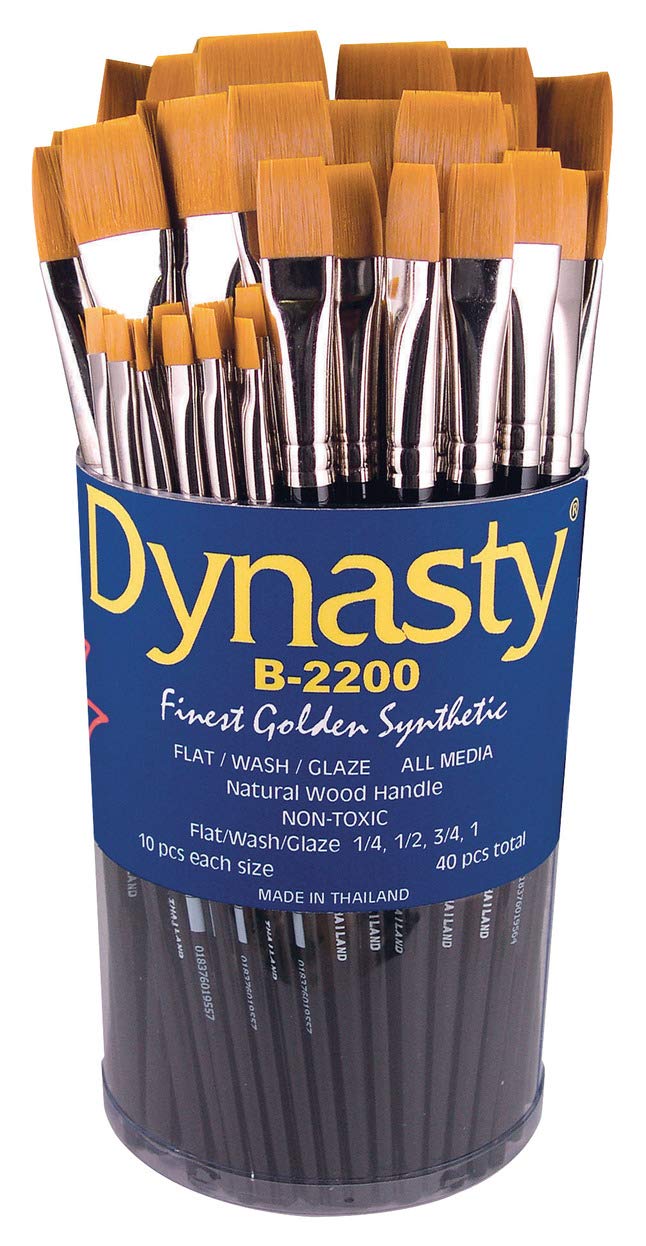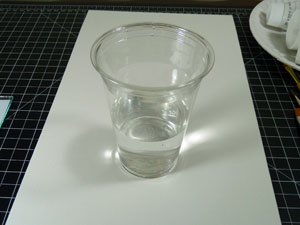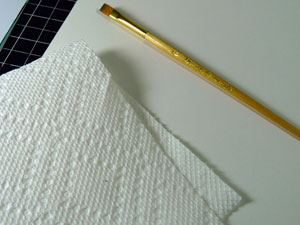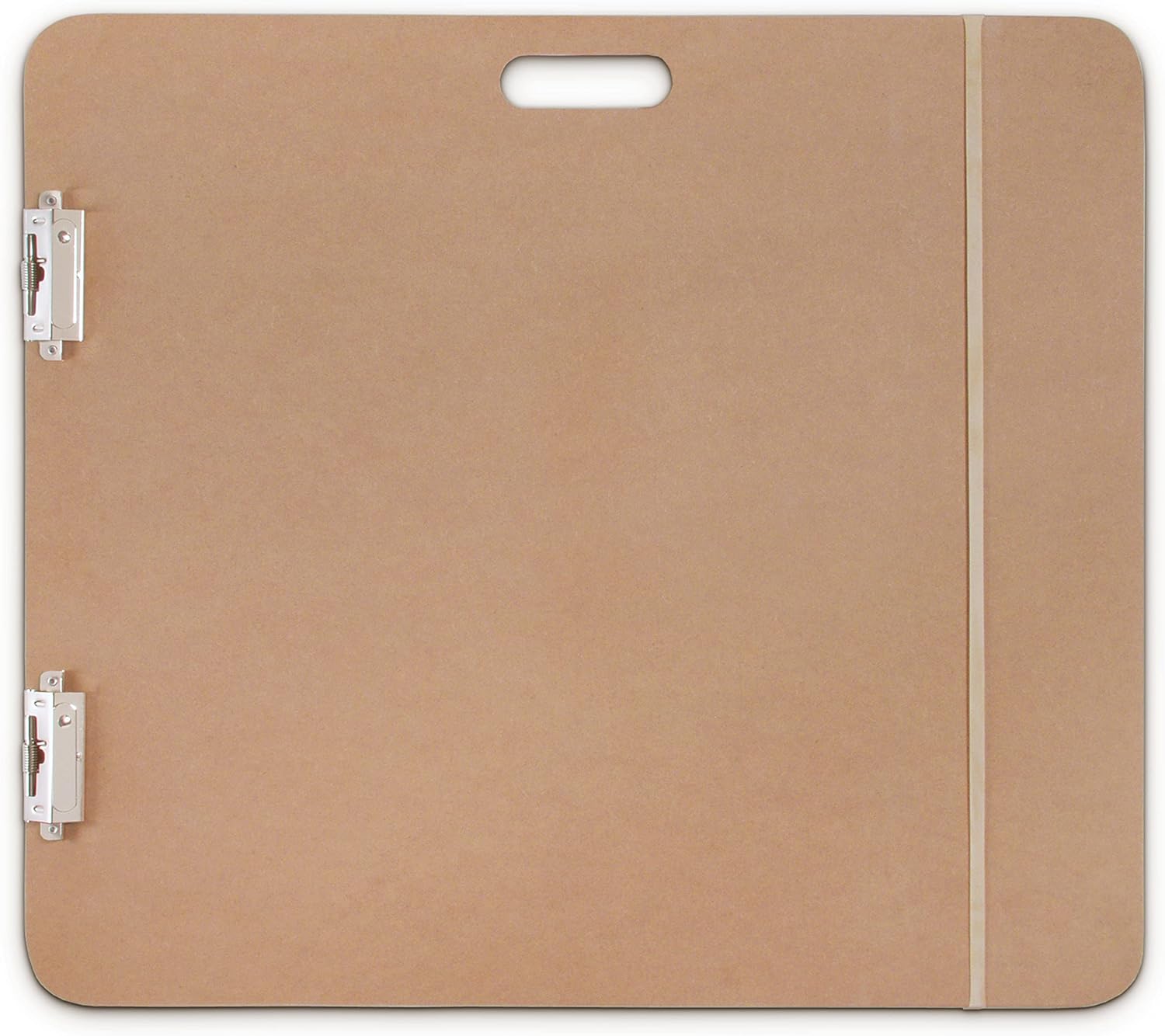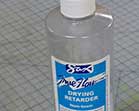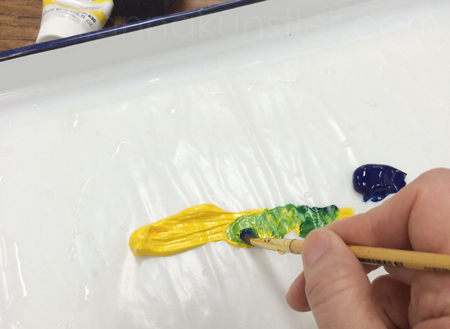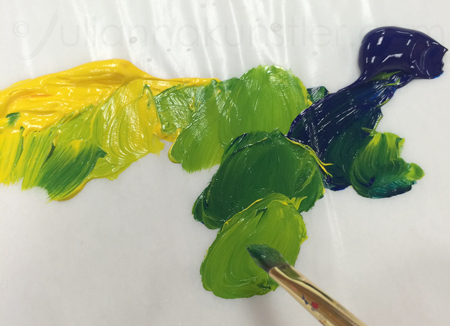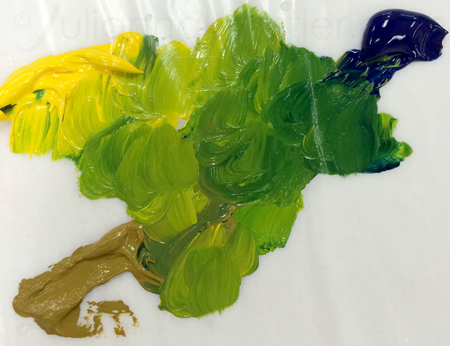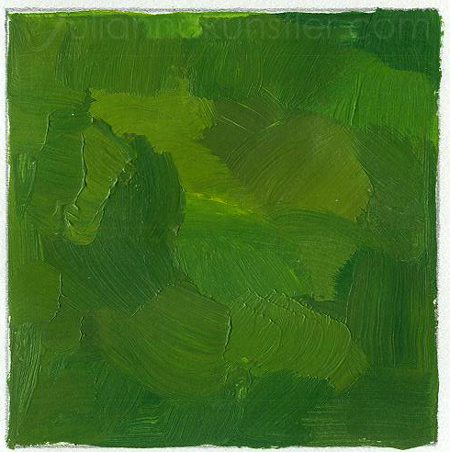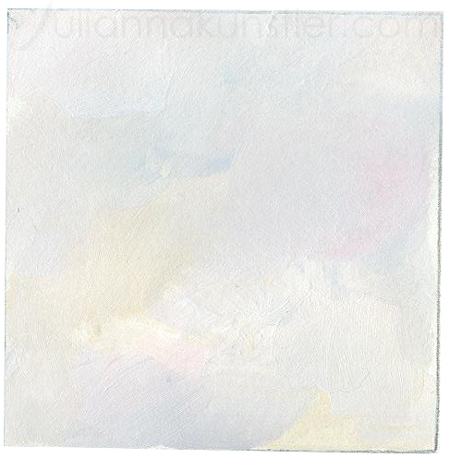
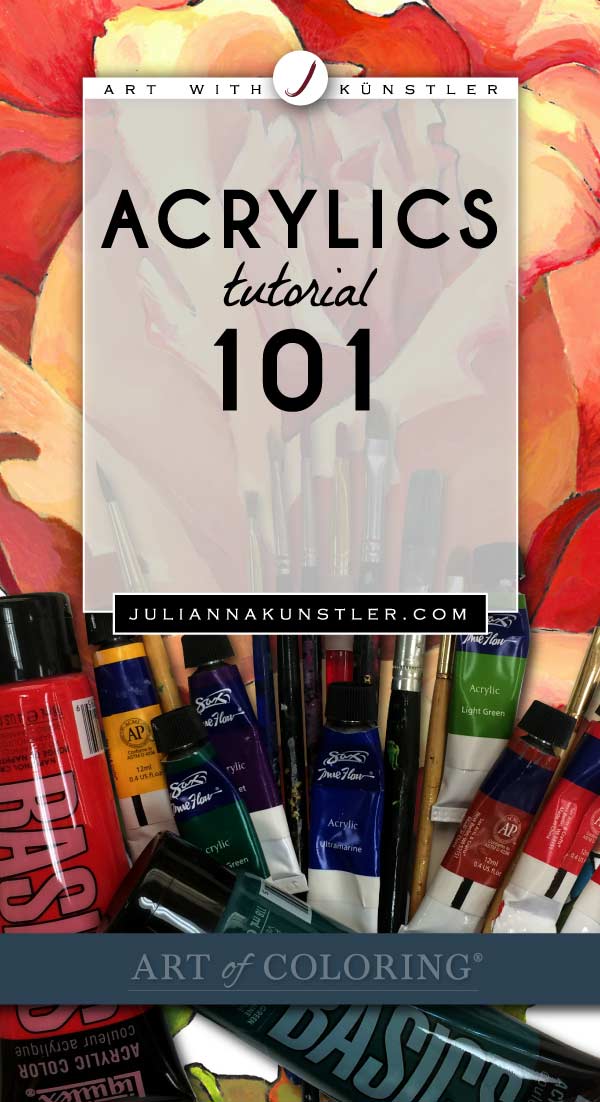
Acrylics is a very nice coloring medium - they dry fast, they are water soluble, odorless, and are easy to clean up.
Acrylics are not intended to be as transparent as watercolors - so use water for cleaning the brush between the colors only - do not dilute the paint itself.
A good starting point to practice acrylic paints is to create a color wheel and do some basic painting exercises - see links below.
After you are comfortable mixing colors - try coloring art prints.
Art prints for coloring is an advanced alternative to coloring books.
Each print is a 12"x18" original drawing that is printed on acid-free watercolor paper. High quality paper is suitable for all art media - including watercolors, acrylics, colored pencils, inks, markers, or a combination of the above.
Try to blend at least two colors (or two shades of a color) inside each shape.
You can find out more about my coloring art prints here.
If you are just starting - you can practice coloring this landscape (print it from the link below).




